
REAL-TIME 3d TECHNOLOGY
Get ready to experience the most immersive visual and audio experiences ever with real-time 3D technology! Our developers and designers use cutting-edge technology that provides unparalleled levels of realism, allowing you to explore and interact with your environment like never before. Using advanced algorithms and intuitive controls, it offers a unique combination of speed and accuracy that could revolutionize your business and marketing activities. With its ultrafast response time, you can enjoy real-time 3D graphics rendered in stunning detail—all with just a few clicks of the mouse, enabling your audience to immerse themselves in a fully lifelike 3D world, from the comfort of their own home or office.
The emergence of real-time 3D technology is transforming the way businesses and brands engage with customers. This groundbreaking development is allowing companies to create immersive and interactive experiences in ways that have never been seen before. With the ability to render 3D content in real-time, this technology brings a level of realism that was previously impossible. As a result, businesses and brands can now provide an engaging and dynamic customer experience across multiple platforms.
Real-Time 3D Use Cases
- Simulators
- Configurators
- Virtual Stores
- Marketing
- Virtual Try-On's
- Virtual tours
- Virtual Productions
- Virtual Events
- Virtual Training & Education
- Data Visualization
- Virtual Sets
- Broadcast Graphics
- Interactive Experiences
Application Of Real-Time 3D Technology
Real-time 3D applications are becoming increasingly popular due to their ability to create powerful, immersive experiences for users. These applications are used in areas such as computer gaming, virtual reality, training simulations and design visualization. The application of real-time 3D technologies can be seen in various fields such as retail, entertainment, education, manufacturing, healthcare and architecture. Some examples of real-time 3D applications include
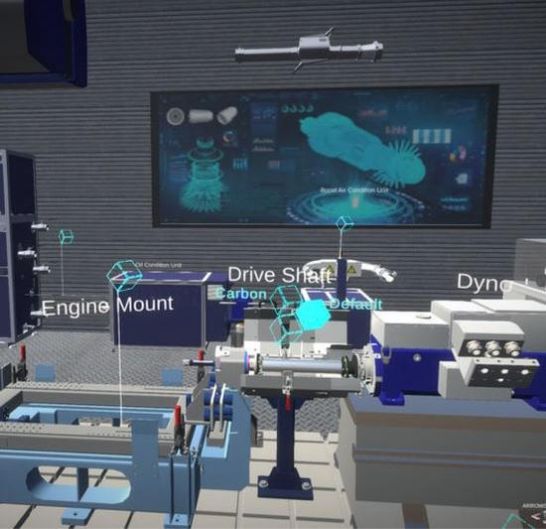
Real-Time 3D Configurators
Facilitate an unprecedented level of convenience and personalization for designers, collaborators and consumers, allowing them to customize products in three-dimensional space directly from their device screens. The configurator's capabilities are powered by cutting edge algorithms which enable it to render and display changes in real time, thereby providing users with an interactive and immersive experience.
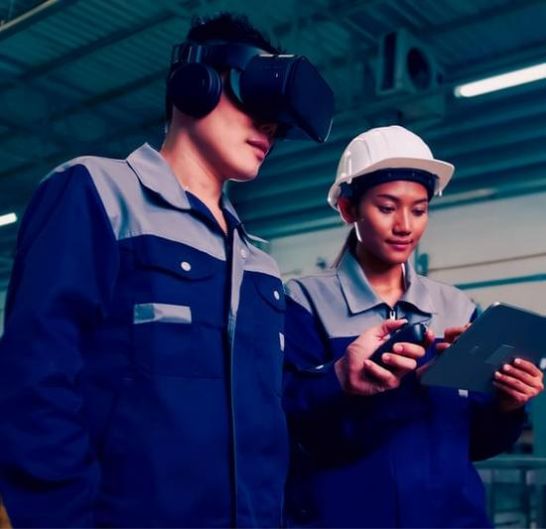
Real-Time 3D Simulators
By creating a 'digital twin' of a facility, product or machine, manufacturers and producers can simulate how there assets perform in real time in certain scenarios. In the oil and gas industry, this could be used to predict how a new subsea facility or pipeline will perform before it is built or how a new piece of machinery will be incorporated into a production line of a manufacturing facility.
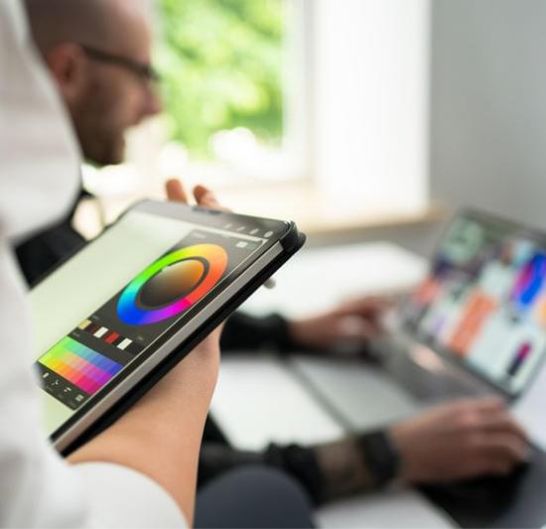
Marketing and Advertising
Real-time 3D revolutionizes the way businesses can create and display marketing material by enabling marketers to create highly immersive three-dimensional models of their product that can be used to generate highly photorealistic images, animations, and videos in real-time.
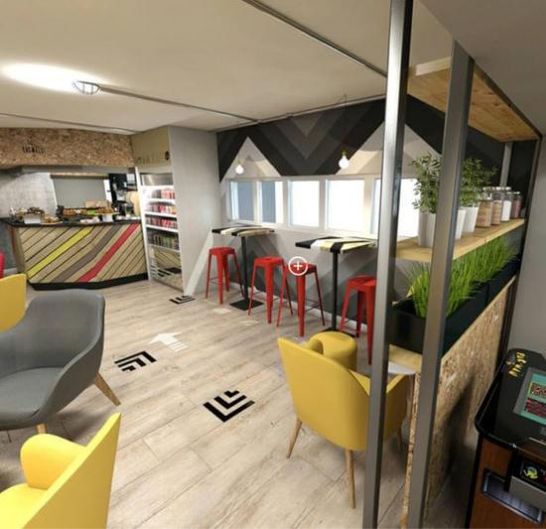
Virtual Stores and Pop-Up's
Enable users to experience a simulated environment in an engaging and interactive way, allowing them to explore products and services without the need for physical travel. By leveraging advanced 3D computer graphics, real-time 3D virtual stores can render high-fidelity visualizations of products, spaces, and services with realistic lighting and shadow effects that replicate the look and feel of a real-world setting.

Virtual Try-On's
Allowing consumers to visualize how an item appears on their body in great detail. This type of virtual shopping experience has the capacity to significantly enhance customer engagement and satisfaction by providing a realistic and personalized shopping experience that is completely tailored to each individual user's preferences.
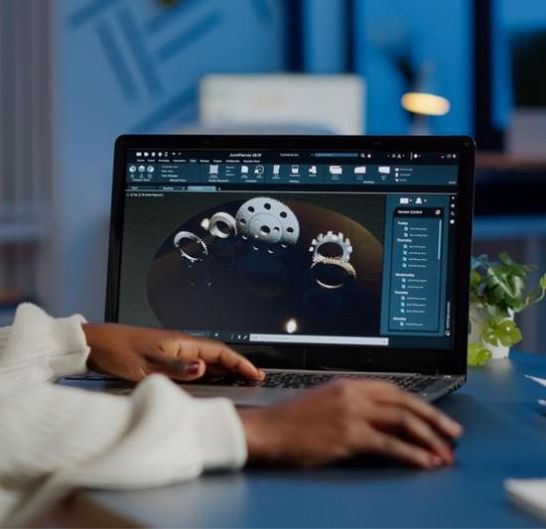
Real-Time 3D Prototyping
Is an incredibly exciting tool of modern engineering. It provides engineers with the ability to rapidly develop 3D models in a digital environment, allowing for immediate experiential testing and refinement of designs. By utilizing advanced algorithms to generate a sophisticated graphical representation of the prototype, real-time 3D prototyping can create intricate and complex models that are more accurate than traditional methods.
What is Real-Time 3D?
Real-time 3D is an exciting and innovative technology that enables the interactive, dynamic rendering of three-dimensional images in a continuous, rapid manner. It enables the user to manipulate and interact with virtual objects in a virtual environment, giving them the sensation of being immersed in a realistic world that responds to their interactions. Real-time 3D also allows for more accurate simulations and highly detailed graphical representations due to its ability to process vast amounts of data quickly. Real-time 3D is different from prerendered or non-interactive 3D in that it must be interactive and fast enough to enable real-time manipulation without noticeable delays in response time.
What is Real-Time 3D used for?
Real-time 3D can be used to revolutionize the way people interact with technology. Through its immersive nature, it allows users to experience a virtual world in which they can interact with their environment and others in real time. Furthermore, its ability to render visuals in high fidelity enables developers to create realistic environments and simulations that can be leveraged for a multitude of applications, including medical imaging, digital storytelling, interactive gaming, training simulations and more.
What platforms can real-time 3D be used on?
Real-time 3D technology can be leveraged across a variety of platforms, enabling users to experience engaging, immersive content. These platforms include virtual reality headsets, desktop computers, game consoles, and mobile devices which can also facilitate augmented reality experiences. The beauty is, that once the content is created it can be deployed to multiple platforms and with advancements in GPU hardware and software optimization techniques, real-time 3D is becoming increasingly accessible on a wide range of hardware configurations. Additionally, with the rise of cloud computing services and streaming protocols, developers are able to bring real-time 3D experiences to ever larger audiences.
What technology is used to create Real-time 3D?
Real-time 3D can be created using a variety of software programs, such as Unity3D, and Unreal Engine. These programs are designed to allow users to construct and render three-dimensional scenes in real-time, enabling them to quickly and easily create interactive experiences with cinematic visuals and allow developers to utilize a combination of graphical rendering techniques, such as ray tracing and voxelization, to simulate realistic lighting and dynamic physical interactions in real time. The software offers a range of features that make it possible for users to create realistic environments, characters, materials and lighting effects in a variety of settings. Real-time 3D can be created by leveraging the power of modern computing platforms to develop advanced software applications. This is typically achieved through the utilization of complex game engines, such as Unity or Unreal Engine, that are specifically designed for creating immersive virtual environments.
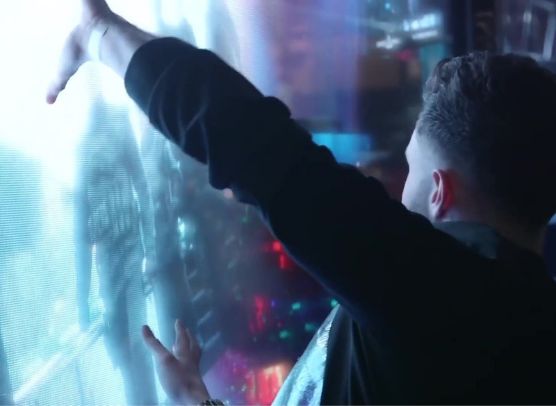
Check Out Some Real-Time
Interactive 3D In Action
What are the benefits of Real-Time 3D technology?
Real-time 3D technology offers a myriad of advantages to users including increased realism and immersion, enhanced interaction capabilities, improved accessibility, and greater scalability. The ability to render scenes in real-time allows for more realistic simulations, as well as the creation of truly immersive environments. This provides users with an unparalleled level of engagement and interaction with their content.
What are the challenges with Real-time 3D technology?
Real-time 3D presents a number of unique and stimulating challenges! From rendering speed to the complexity of the pipelines needed to generate the 3D content, there are numerous obstacles that must be navigated in order to deliver a successful product. Simulating motion and physics in a three-dimensional environment takes considerable computational power and is often further complicated by the need for real-time interactions. With this in mind, it’s important to consider the real-time 3D development process and identify any potential pitfalls that could arise.
Let's Build The Future Together
The advent of real-time 3D technology has revolutionized a number of industries, enabling them to produce more accurate models and simulations with greater speed and efficiency. These include;
Real-Time 3D For
Enterprise
Is a revolutionary concept that has the potential to transform how organizations interact with their customers, employees, and suppliers. By leveraging advanced computer graphics capabilities, it provides an immersive user experience that allows for real-time, interactive visualization of complex data in three dimensions. This technology could be utilized to create virtual environments for training or collaboration purposes and could also facilitate more efficient analysis of large data sets.
Real-Time 3D For
Retail
Is revolutionizing the way that consumers experience and interact with products. This technology uses augmented reality to create a fully immersive, interactive shopping experience, allowing shoppers to visualize products in their own environment before purchasing. This has beneficial applications such as enabling customers to view product dimensions, explore customization options with real-time configurators, and assess style and fit via virtual try on without ever leaving the comfort of their home or even in a virtual store created in 3D.
Real-Time 3D For
Brands
Is an innovative technological advancement that has the potential to revolutionize marketing and advertising. This cutting-edge technology allows brands to create realistic 3D models of their products and services, enabling customers to interact with them in a more immersive way. The incorporation of real-time 3D into brand marketing strategies can enable companies to engage their audiences through interactive virtual experiences that are both entertaining and enlightening.
Real-Time 3D For
Automotive Industry
For automotive sales and marketing, suppliers and dealerships are able to provide an unprecedented level of interactive experiences that enable potential customers to explore product features, interior and exterior designs, and performance options from the comfort of their homes or within the dealership itself. Moreover, this novel toolset permits greater customization capabilities than ever before; allowing for custom presentations that are tailored to individual customer preferences. They can also provide potential customers with virtual test drives and real-time configuration tools that can help optimize sales, and even a virtual showroom allowing customers to experience a true to life buying experience remotely.
Real-Time 3D For
Education
Is an innovative and exciting development in the field of interactive learning. It offers a dynamic and immersive experience, providing learners with the opportunity to explore virtual environments as if they were physically present within them. The technology allows for a more engaging form of instruction, wherein the learner can interact with objects and observe their effects in real-time. This has been demonstrated to enhance learning outcomes significantly, fostering creativity and critical thinking skills through experiential knowledge acquisition.
Real-Time 3D For
Healthcare
Is a revolutionary technology that has the potential to revolutionize medical treatment and diagnosis. It can provide clinicians with an unprecedented level of detail and accuracy in their diagnostic processes, allowing them to better identify and treat conditions in a much more efficient manner. Additionally, real-time 3D allows for image-guided procedures that were previously impossible due to limited visualization capabilities. This opens up whole new avenues for therapeutic interventions that could drastically reduce patient risk while improving outcomes.
Real-Time 3D For
Entertainment
Real-time 3D for entertainment industry is a revolutionary concept that has disrupted the traditional media landscape. It has enabled the development of immersive, lifelike experiences which are becoming increasingly accessible to a wider range of consumers. By leveraging advancements in computer graphics technology, this new form of interactive media promises to revolutionize the way content is consumed and experienced across multiple platforms. The potential applications are virtually limitless, ranging from gaming and animation to virtual reality and augmented reality.
Real-Time 3D For
Architecture
Real-time 3D for architecture is an incredibly exciting development in the field of virtual design. It is a form of computer-generated graphics which uses interactive applications to enable architects and designers to create fully immersive three-dimensional models in real-time. Utilizing the latest advancements in artificial intelligence, real-time 3D technology enables users to visualize their designs and make rapid changes that would have been impossible with traditional methods.
Real-Time 3D For
Real Estate
Real-time 3D has revolutionised the way we experience and interact with our physical surroundings. It is a form of immersive technology which offers an unprecedented level of realism, allowing users to explore and interact with both existing and planned environments in an entirely new way. From the comfort of their own homes, customers can experience a walkthrough of a property and visualise it from different angles or take an immersive tour with stunning visuals and 3D effects enabling them to gain a detailed understanding of the layout, size, lighting and overall feel of a property. This provides users with an unparalleled level of detail and convenience, reducing the need for costly physical visits to properties.